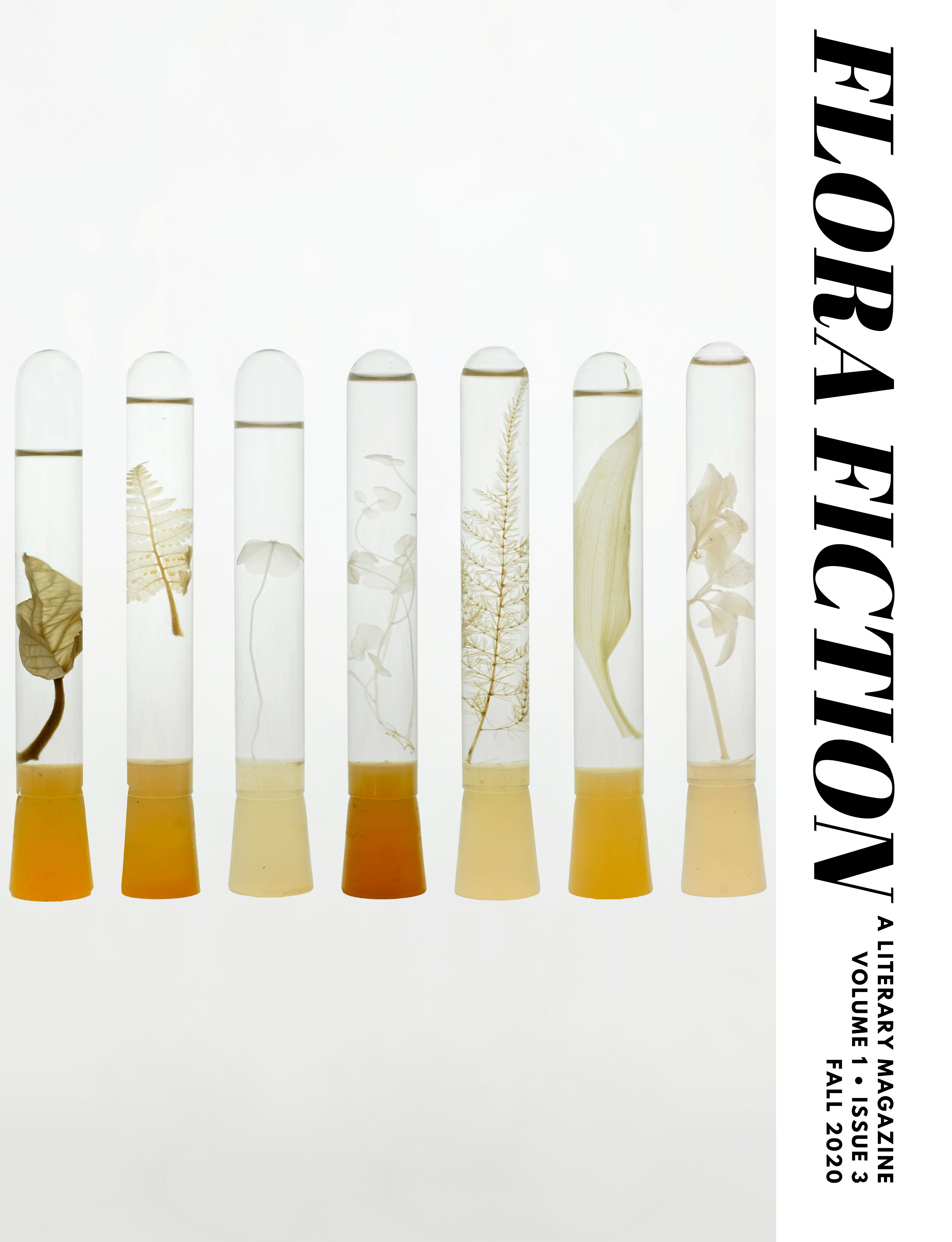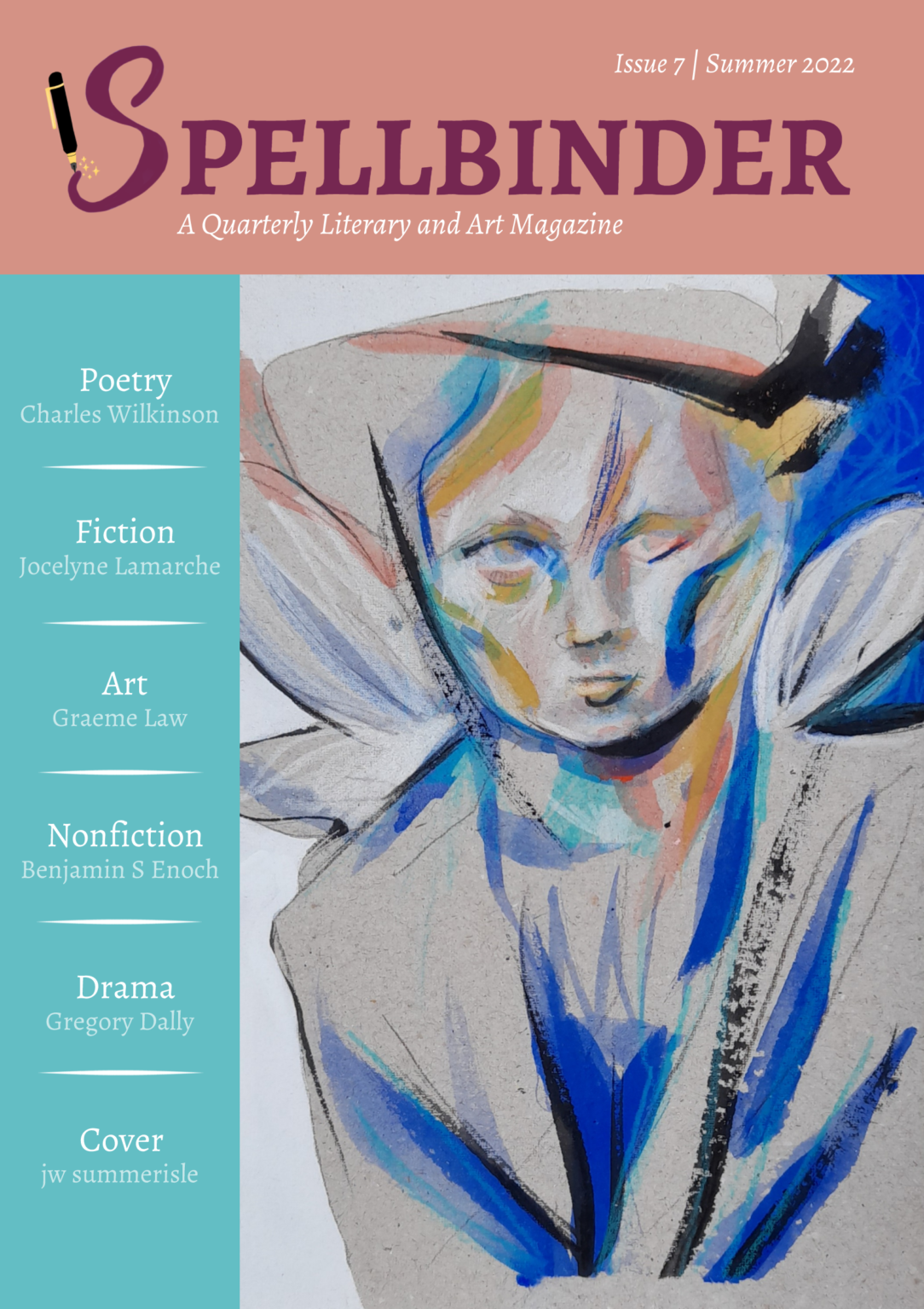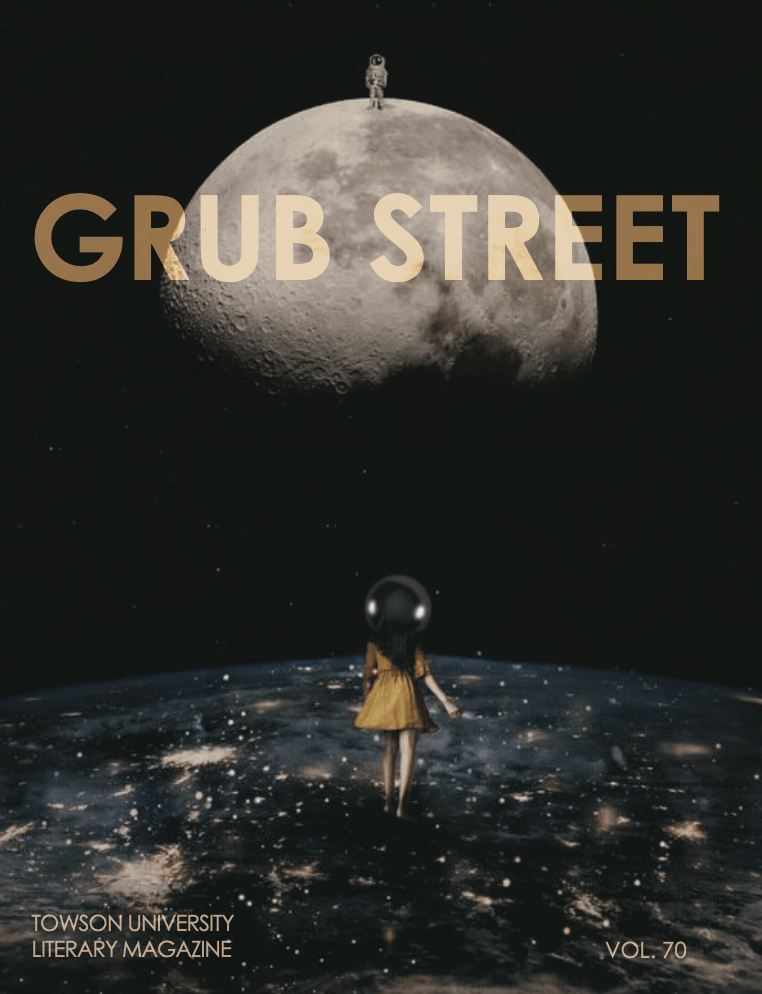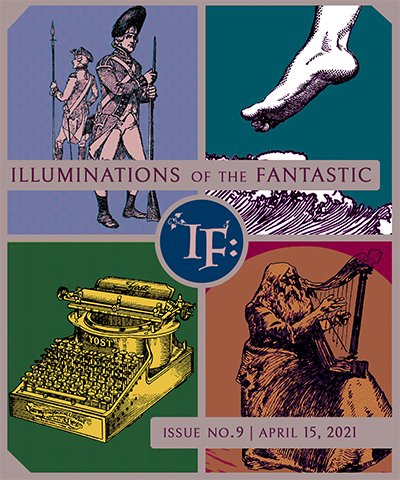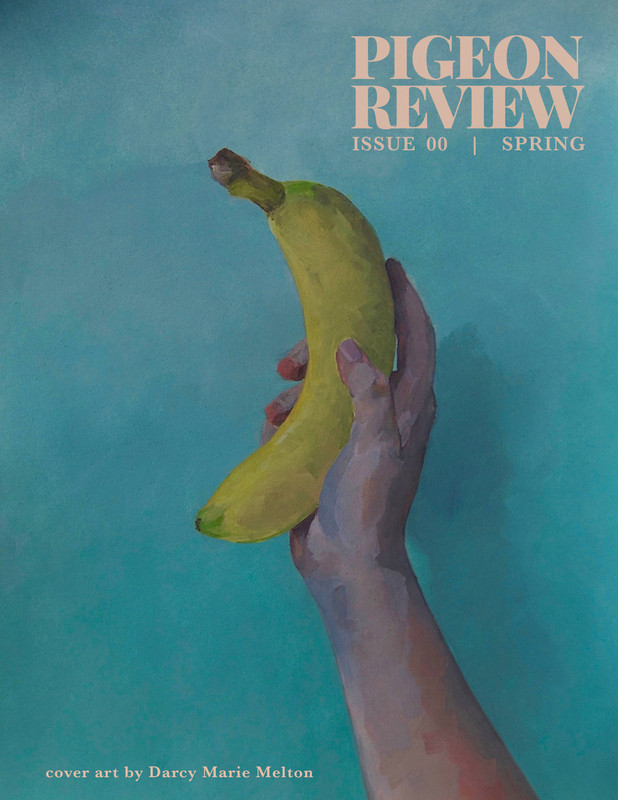Menu
Looking to publish? Meet your dream editor, designer and marketer on Reedsy.
Find the perfect editor for your next book
1 million authors trust the professionals on Reedsy. Come meet them.
Looking to publish? Meet your dream editor, designer and marketer on Reedsy.
Find the perfect editor for your next book
1 million authors trust the professionals on Reedsy. Come meet them.
DIRECTORY
Showing 24 magazines that match your search.
Print & Online magazine for Art,
Flora Fiction is a collective of creative muses and inspiration. From original writing to reviews in music and entertainment, there’s always something to be discovered.
🌍 Territory: United States
⏱️ Frequency: 4 times a year
🧑💻 Online submissions: Yes
Print magazine for Art,
Islandia Journal is a subtropical print periodical of art and writing. We publish work by people from South Florida or by writers and artists whose work deals with our region. All contributors are paid - starting at $50 for poems and visual art and $100 for prose pieces of all kinds, scaling upwards depending on amount work or research involved.
🌍 Territory: United States
💰 Submission fee: $0
⏱️ Frequency: 4 times a year
🧑💻 Online submissions: Yes
Online magazine for Art,
Elegant Literature is a monthly eZine that features new talent only. Each issue is filled with short fiction of all genres, handcrafted stories by new brilliant writers from around the globe. We pay all our published, aspiring writers professional rates & each issue one writer is awarded $3,000.
🌍 Territory: Worldwide
💰 Submission fee: $0
⏱️ Frequency: 12 times a year
🧑💻 Online submissions: Yes
Print & Online magazine for Art,
Spellbinder is a quarterly literary and art magazine which celebrates artists, dramatists and poets, as well as fiction and nonfiction writers. Inclusivity and diversity are at the core of Spellbinder’s ethos. They strongly value being able to provide a platform for an international range of voices from many different backgrounds and cultural experiences.
🌍 Territory: United Kingdom
💰 Submission fee: $0
⏱️ Frequency: 4 times a year
🧑💻 Online submissions: Yes
Online magazine for Art,
Outlander is a digital zine and online platform that celebrates the awkward, the eccentric, and the weirdly beautiful. While its website is always open for submission, it also releases four themed issues throughout the year. Outlander is additionally home to THE LAB, an interview platform that amplifies the voices of upcoming creators.
🌍 Territory: United States
💰 Submission fee: $0
⏱️ Frequency: 4 times a year
🧑💻 Online submissions: Yes
Print & Online magazine for Art,
Founded in 1952, Grub Street is Towson University's student-run literary magazine that is published annually. We accept work from anyone and especially look to promote voices from new writers. We feature poetry, fiction, nonfiction, visual art, essays, and plays in our print and online editions.
🌍 Territory: United States
💰 Submission fee: $0
⏱️ Frequency: 1 times a year
🧑💻 Online submissions: Yes
Print magazine for Art,
The Magazine of Fantasy & Science Fiction, founded in 1949, is the award-winning SF magazine which is the original publisher of SF classics like Stephen King's "Dark Tower", Daniel Keyes's "Flowers for Algernon", and Walter M. Miller's "A Canticle for Leibowitz."
🌍 Territory: USA
💰 Submission fee: $0
⏱️ Frequency: 6 times a year
🧑💻 Online submissions: Yes
Online magazine for Art,
Illuminations of the Fantastic is a monthly online magazine that encompasses works of Fantasy, Science Fiction, Horror, Adventure, Mystery, Poetry, History, Travelogue, Essay, and Review.
🌍 Territory: Worldwide
💰 Submission fee: $0
⏱️ Frequency: 7 times a year
🧑💻 Online submissions: Yes
Online magazine for Art,
A new literary and art magazine dedicated to showcasing emerging artists and writers.
🌍 Territory: United States
💰 Submission fee: $0
⏱️ Frequency: 12 times a year
🧑💻 Online submissions: Yes
Online magazine for Art,
Shorts is a free online magazine launched in February 2020 with the aim of bringing together writers and creative artists from all over the world. Shorts particularly encourages submissions from marginalised communities, and from new and emerging writers. Shorts was established in a time of growing isolationism on the part of the UK and the US, and aims to combat this by uniting global creatives and nurturing unheard voices. It is an LGBTQ+ friendly platform with a liberal outlook.
🌍 Territory: United States
💰 Submission fee: $0
⏱️ Frequency: 4 times a year
🧑💻 Online submissions: Yes
Online magazine for Art,
The Racket Journal seeks to showcase all forms of fiction, non-fiction and poetry. We also like art, a lot. Each issue features 5-6 pieces of writing and 3-5 pieces of art. Maybe one of your pieces could be in the next issue. We'd really like that.
🌍 Territory: United States
💰 Submission fee: $0
⏱️ Frequency: 52 times a year
🧑💻 Online submissions: Yes
Online magazine for Art,
Invisible City is an online publication of the MFA in Writing Program at the University of San Francisco that publishes in the fall and spring. We seek work that encourages us to see the world from new perspectives and different angles, ones that we may not have previously considered or imagined.
🌍 Territory: United States
💰 Submission fee: $0
⏱️ Frequency: 2 times a year
🧑💻 Online submissions: Yes
Print & Online magazine for Art,
Clarkesworld is a monthly science fiction and fantasy magazine first published in October 2006. Each issue contains interviews, thought-provoking articles, two reprints, and at least four or five works of original fiction. Our fiction is also available in ebook editions/subscriptions, audio podcasts, print issues, and in our annual print/ebook anthologies.
🌍 Territory: USA
💰 Submission fee: $0
⏱️ Frequency: 12 times a year
🧑💻 Online submissions: Yes
Online magazine for Art,
The Incandescent Review is an entirely non-profit, teen-run literary magazine, and our team hails from across the globe: from San Jose to Shanghai, from Atlanta to Athens. Our purpose is to create a platform for teens and young adults to express their opinions and emotional response to world issues in the form of poetry, prose, visual art, and more.
🌍 Territory: International
💰 Submission fee: $0
⏱️ Frequency: 4 times a year
🧑💻 Online submissions: Yes
Online magazine for Art,
Lightspeed is a digital science fiction and fantasy magazine. In its pages, you will find science fiction: from near-future, sociological soft SF, to far-future, star-spanning hard SF—and fantasy: from epic fantasy, sword-and-sorcery, and contemporary urban tales, to magical realism, science-fantasy, and folktales.
🌍 Territory: USA
💰 Submission fee: $0
⏱️ Frequency: 12 times a year
🧑💻 Online submissions: Yes
Bring your short stories to life
Fuse character, story, and conflict with tools in Reedsy Studio. All for free.
